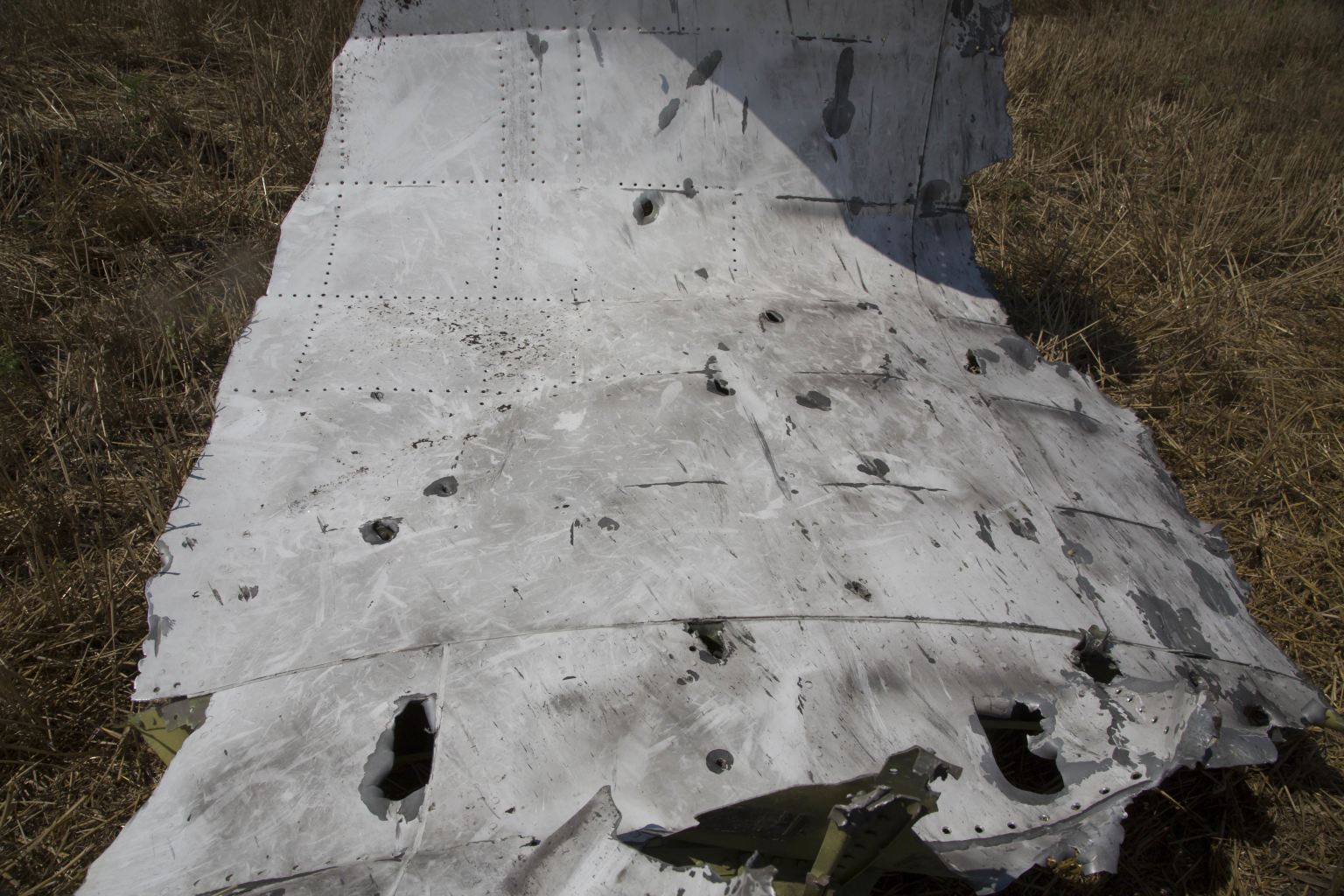
2) What should be a typical pattern of holes if a target is hit with a missile? What is the diameter of each steel ball in the missile's payload?
However if it appears that the airplane was hit only in the cockpit area, and from two sides, it certainly creates some questions for the missile theory. Probability of one missile hitting only one small area of the airplane is already small. Probability of two missiles hitting the same area from two sides is nearly zero. Missiles do not choose cockpit (and they can't anyway.) Missiles are designed to bring something down. Cockpit may well be armored; but wings, and engines, and fuel tanks are not - they are the primary target of a missile.
How can this be tested? First, with black boxes. They have registered the pattern of failures; this tells the investigators what mechanisms were damaged, and when. Then the voice recorder may have registered presence of another aircraft, or two, in close proximity. I am not sure how TCAS looks behind the airplane, but I presume it does - and it wouldn't miss an airplane within a few hundred yards. There should have been also the sounds of the actual hit. A missile would generate a single explosion and a single, instantaneous wave of projectiles - one loud thud. An airplane's gun would be likely to create a prolonged sound, as bullets are fired one by one. Especially if two airplanes were shooting in turns.
If the airliner was intentionally shot down, targeting the cockpit would be chosen to instantly disable any radio calls and comments that the pilots could have made while falling to Earth. But even if so, the whole scenario did not unfold as intended, as the airplane fell into an area that allowed recovery of black boxes.
